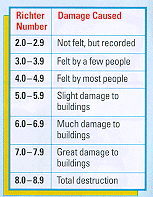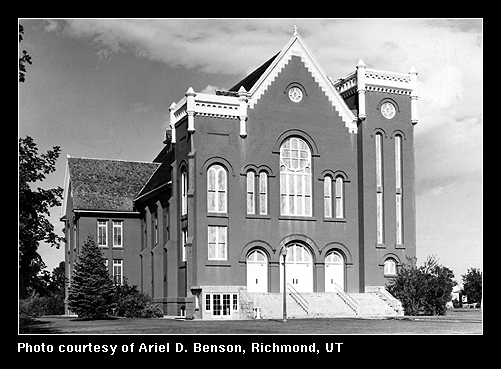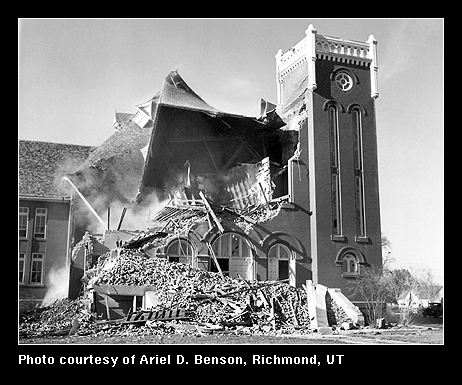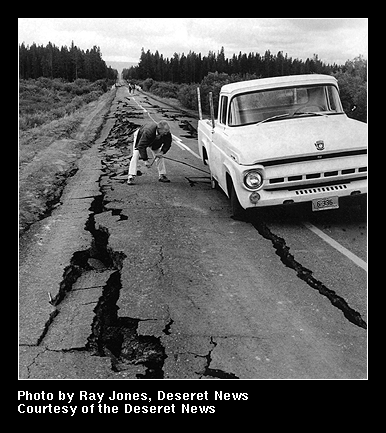The movement of the Earth's plates causes earthquakes as the plates rub against each other, or as one plate slides under another. Sometimes the rocks at the edge of the plates slip past each other easily. Sometime the rocks get stuck deep in the earth's crust. Great pressure builds up along faults (cracks in the Earth's crust) until the rock breaks and the plates shift, causing the Earth to shake.
Earthquakes are measured according to the strength of the shaking. The instrument used to measure earthquakes is called a seismograph.

The seismograph is sensitive to the vibrations in the Earth. It draws a line on paper to show how much the Earth moves during an earthquake.
The strength of the vibrations is measured with the Richter Scale. Each number in the Richter Scale is 10 times stronger than the number before it. For example, an earthquake of 5 is 10 times stronger than an earthquake of 4.



